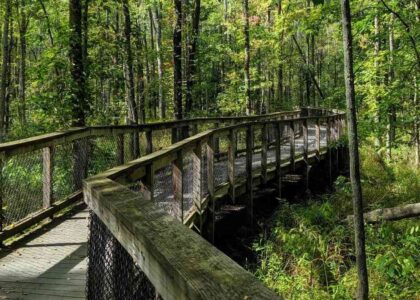Welcome to Santa Ana, a city that is as vibrant as its rich history and cultural heritage. Established in 1869, Santa Ana has grown from a small town into the bustling county seat of Orange County, California. Let’s dive into the fascinating history that has shaped this city into what it is today.
Santa Ana was founded by William H. Spurgeon, who purchased 74.27 acres of land from the Rancho Santiago de Santa Ana in 1869. He envisioned a thriving community, and his efforts came to fruition with the completion of the Southern Pacific Railroad in 1877, which connected Santa Ana to the rest of Southern California and spurred its growth.
One of the pivotal moments in Santa Ana’s history was the incorporation of the city in 1886. As the city grew, it became a hub for agriculture, particularly citrus farming, which was the backbone of the local economy in the late 19th and early 20th centuries. The invention of refrigerated rail cars allowed Santa Ana’s fruits to be shipped far and wide, contributing to its prosperity.
Santa Ana also boasts a rich tapestry of cultural influences, thanks to its diverse population. The city has long been a melting pot of cultures, which is reflected in its vibrant arts scene and numerous festivals. The renowned Bowers Museum, located here, showcases a stunning collection of Native American art, as well as pieces from Africa, Asia, and the Pacific Islands, highlighting the city’s commitment to cultural heritage.
Notable figures have also left their mark on Santa Ana. Actor and comedian Steve Martin spent some of his formative years here, and author Philip K. Dick, known for his thought-provoking science fiction, lived in Santa Ana for a period. Their creative legacies continue to influence the arts and entertainment world.
In the broader historical context, Santa Ana played a key role during World War II. The city was home to the Santa Ana Army Air Base, where thousands of pilots trained before heading off to serve in the war. This military presence brought economic growth and left a lasting impact on the community.
Today, Santa Ana is known for its stunning architecture, with structures like the Old Orange County Courthouse, a beautiful example of Richardsonian Romanesque architecture, serving as a testament to its historical roots. The city continues to thrive as a center of government, culture, and commerce in Southern California.
As you explore Santa Ana, consider its legacy of growth, diversity, and innovation. From its humble beginnings to its current status as a cultural beacon, Santa Ana’s story is one of resilience and transformation.




